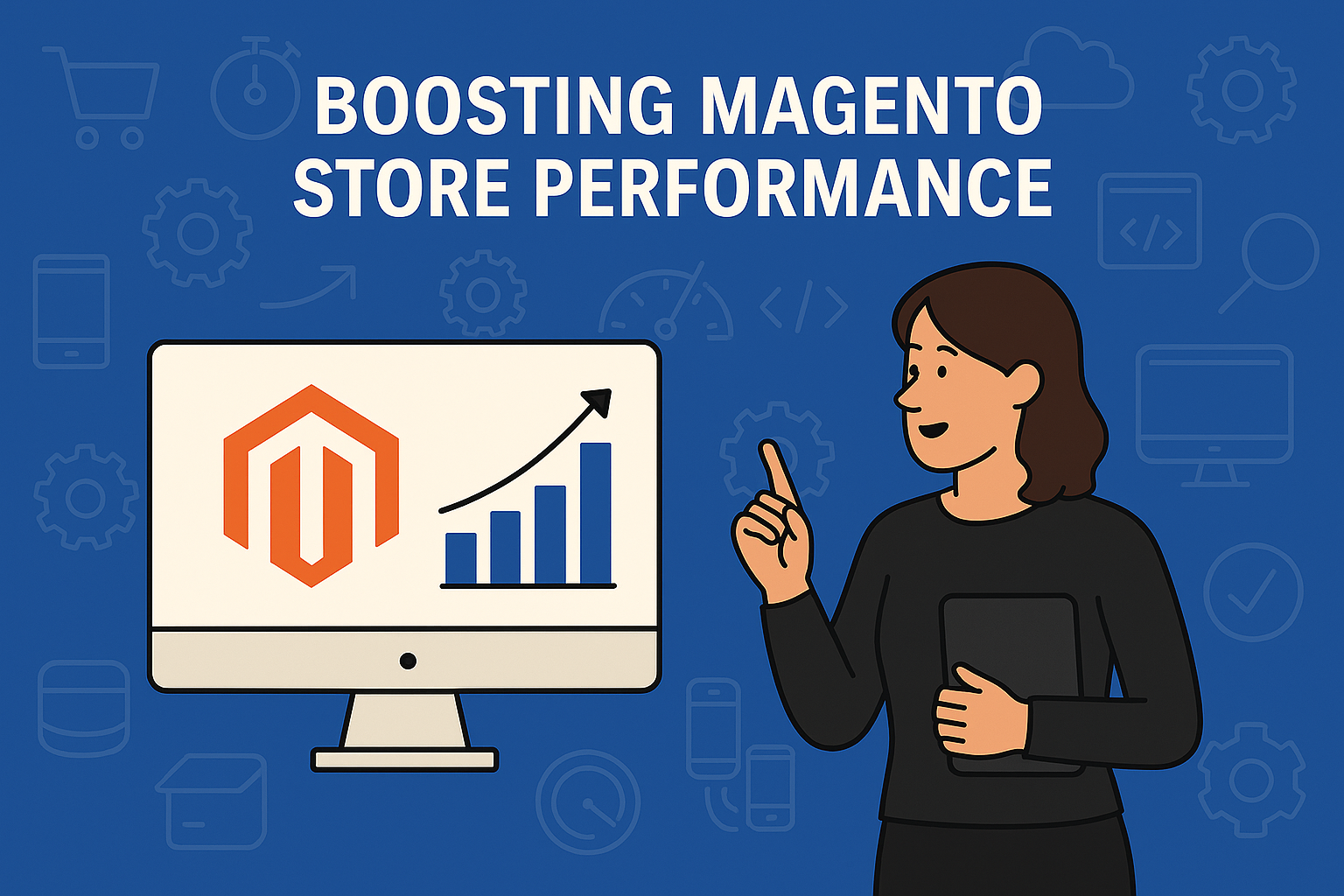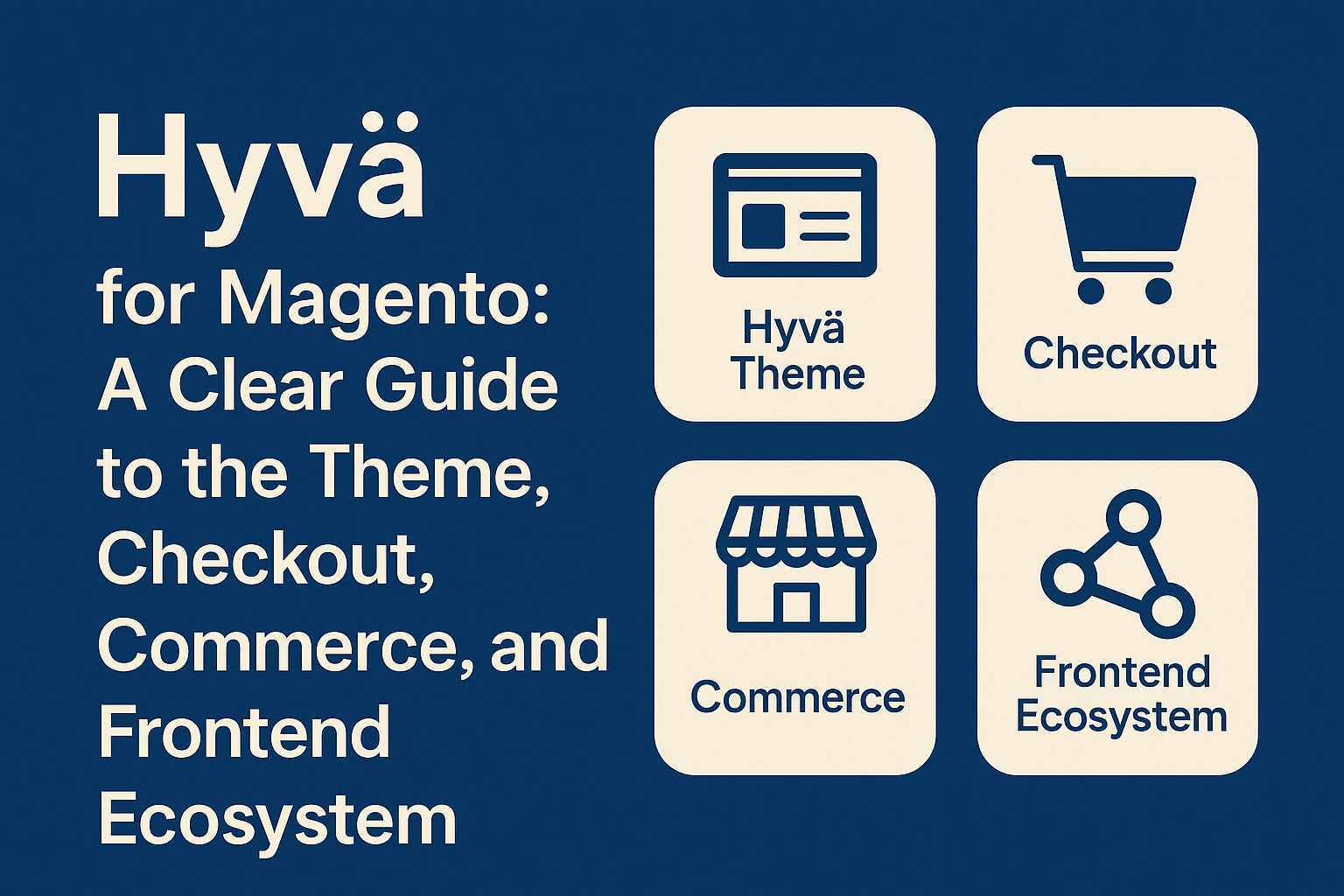How To Speed Up Magento 2
Optimize Magento 2 for quick shopping checkout experience that helps drive conversions and increase your revenue.
4 min read
 Jeff Zoldy
:
October 4, 2024
Jeff Zoldy
:
October 4, 2024

For eCommerce business owners, optimizing the checkout process is one of the most critical tasks to reduce cart abandonment and boost conversions. Many potential customers abandon their carts simply because the checkout process is too long or complex — by streamlining this flow, you can make a significant impact on your overall sales and user satisfaction.
In this article, we’ll dive into the challenges that long checkout forms present and explore actionable strategies to create a user-friendly, optimized checkout experience. We'll also discuss how features such as grouping fields, minimizing optional data entry, and using smart form designs can contribute to a smoother checkout process.
One of the biggest pain points in eCommerce is checkout abandonment due to complex forms. Pages that feature 10 to 15 fields in a single viewport can overwhelm users, especially on mobile devices. With the virtual keyboard consuming over 35% of the screen, cluttered forms can create a frustrating user experience.
On average, checkout pages contain nearly 20 form elements and 12 form fields, when research suggests that the ideal checkout flow should be much leaner—around 12 elements in total. An over-complicated form can slow down the purchase process and lead customers to abandon their carts in frustration.
For business owners, reducing this friction is essential to increasing conversions and reducing lost sales.
To create an optimal checkout experience, it’s essential to reduce unnecessary friction by simplifying form elements. The ideal checkout form should include the following fields:
By keeping the form simple, users are less likely to be overwhelmed. Remember, every additional field you include can potentially result in higher abandonment rates.
There are several smart design practices you can implement to create a more user-friendly checkout experience:
Instead of showing all form fields on a single page, group them into logical sections. For example, use one section for personal information, another for shipping details, and a final one for payment. Dividing forms this way can reduce cognitive load and guide users step-by-step, making the process feel more manageable.
For businesses that require more information, a multi-step checkout process can improve usability by presenting fewer fields at once. This approach makes the checkout feel less daunting by spreading information across multiple, concise steps. Each step should feel like a progression rather than a barrier.
For certain users or products, some fields may not be required. These fields should only appear when relevant. For instance, a field for "Company Name" might be useful for B2B customers but unnecessary for individual consumers. Automatically hiding these fields reduces visual clutter and makes the process simpler for most users.
Optional fields often contribute to user confusion and hesitation. Users may not be sure whether they should fill them in, causing delays. Unless absolutely necessary, remove optional fields entirely to streamline the process.
Autofill can significantly reduce the amount of manual input required from the user. Browsers can autofill common fields such as name, address, and credit card details. Auto-detecting the user's country or card type based on their input also removes additional steps from the checkout flow, speeding up the process.
Given that over 60% of eCommerce traffic now comes from mobile devices, it’s crucial to design checkout flows that are optimized for smaller screens. Mobile checkout forms need to be as compact and user-friendly as possible.
Avoid multi-column layouts on mobile devices. A single column of fields prevents users from having to zoom in and out or scroll horizontally. This structure is easier to follow and feels more natural on smaller screens.
Make sure that buttons, especially the "Submit" or "Complete Purchase" button, are large and easy to tap. Ensure spacing between form fields is sufficient to avoid accidental taps.
Mobile keyboards take up a significant portion of the screen, so limiting the amount of text input needed at one time is crucial. This is another reason why breaking up forms into multiple sections or steps can be beneficial. It prevents the entire screen from becoming obscured by the keyboard.
The statistics around cart abandonment make a strong case for why optimizing the checkout process is so critical:
These numbers highlight the importance of simplicity. A fast, user-friendly checkout experience can mean the difference between a completed purchase and an abandoned cart.
By implementing the following best practices, you can create a seamless checkout flow that encourages users to complete their purchases:
Read More: What Leads to Shopping Cart Abandonment?
For eCommerce business owners, the checkout process is often the final hurdle between a browsing customer and a completed sale. Simplifying your forms, reducing unnecessary fields, and designing a mobile-optimized experience are all key to reducing cart abandonment and boosting conversions.
If you’re looking to enhance your checkout flow, it’s essential to take a data-driven approach and implement proven strategies that work. From form design to multi-step processes, there are countless ways to optimize and improve user experience.
At IronPlane, we specialize in reducing cart abandonment rates and creating seamless checkout experiences. Whether you're on Magento, Shopify, BigCommerce, or another platform, we can help you streamline your checkout and convert more sales.

Optimize Magento 2 for quick shopping checkout experience that helps drive conversions and increase your revenue.

Get expert answers to Magento optimization FAQs, including site speed, checkout, UX design, security, scaling, and personalization strategies to boost performance and growth.

A clear guide to the Hyvä ecosystem for Magento. Learn how Hyvä Theme, Checkout, and Commerce work, and what merchants gain from migrating to Hyvä.